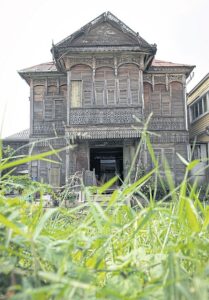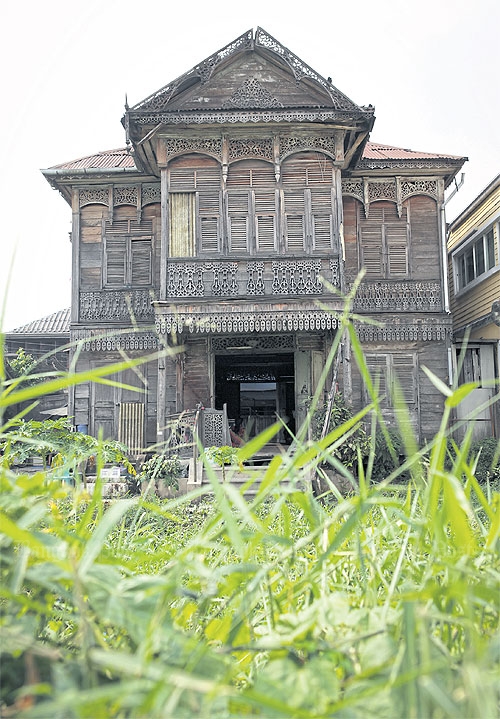
Thai Government must do more for heritage
Bangkok Post Editorial
See Also: Thailand’s Fine Arts Department Hails Two New Historical Sites In Bangkok
The Fine Arts department’s decision to register an old wooden house — a Kudeejeen community landmark — in Thon Buri district as a historical site is welcome news for many. But this is just the beginning, and like other heritage sites, conservation is still a long way away.
While the policy sounds encouraging, in practice, the registration with the Fine Arts Department just means property owners are required to consult the agency if they want to renovate the property.
If that is not enough, the sad fact is the department that takes care of registered temples and other national heritage items does not have a sufficient restoration budget for such a place.
Parinya Chukaew, a lecturer at King Mongkut’s Institute of Technology, Lat Krabang campus, has suggested that with a plethora of heritage sites across the country queuing up for a budget from the department, it’s unlikely the state will have any cash to spare for this old-yet-gorgeous structure, generally called “Baan Windsor” or “Windsor House”.
Windsor was the family name of Louis Windsor, a merchant who ran a shop of the same name in the Charoen Krung area during the time of King Mongkut. The two-storey house was built in the modern style, ruen panacea, of the era.
According to the Museum Siam website, the house was occupied by Somsook Jutayothin, principal of Santa Cruz Kindergarten. However, the land where the house sits belongs to Santa Cruz Catholic Church, which means it cannot be sold or transferred.
Information about this house and its ownership is unclear. To begin with, old community residents told the media the actual “Baan Windsor” had gone, and the current house nearby was owned by a man named “Luang Prakob,” friend of the Windsor forefather. Somsook was the daughter of Luang Prakob, and it was not clear whether and how she was connected with descendants of the Windsor family.
Somsook once gave an interview to this newspaper. She called the house “Baan Windsor”, but did not mention her relationship with the family. Now she has passed away, that is likely to remain a mystery.
Late in life, Somsook once gave her consent to a proposal by the Association of Siamese Architects and Thon Buri district office to renovate the house and turn it into a local museum, but later changed her mind. It was reported that land ownership was the obstacle, and the house has been left in the same dilapidated condition ever since.
Local media said Somsook’s son later gave up his occupancy rights, so the church now has the land back and continues not to allow commercial use.
It’s quite clear the Catholic church has never been interested in renovating the structure from its present sorry state. Perhaps it would like to do so, but has no idea where to begin. Or is the budget the issue?
Whatever it is, it’s time to consider returning this authentic example of community heritage to its former glory in accordance with conservation principles.
Pongkwan Lassus, an architectural heritage consultant who was once involved with the museum project, said the government should consider creating a national heritage trust to ensure the maintenance and conservation of heritage sites.

Currently, state funds are limited to state-owned sites, such as temples and religious places, while the owners of private heritage sites are on their own. The state must help.
As a principle, incentives must be given to those making financial pledges or grants to the trust, which supports historical sites, both public and private.
Trusts should be established as a conservation mechanism. Without them, individual heritage sites risk falling down.
This is also the case for So Heng Tai, an old Chinese mansion and tourist attraction in Bangkok’s Talad Noi area, which partially collapsed two years ago. While the damage to the mansion made big news, there have been no efforts to fully restore the site or ensure maintenance. That’s a pity.
Ms Pongkwan said there had been a lot of talk but no walk by the state, and this needs to change. Instead of just registering heritage items, the Fine Arts department should come up with a more efficient way to save them. Needless to say, this is the time to make it happen.
Source: https://www.bangkokpost.com/opinion/opinion/2803689/govt-must-do-more-for-heritage

